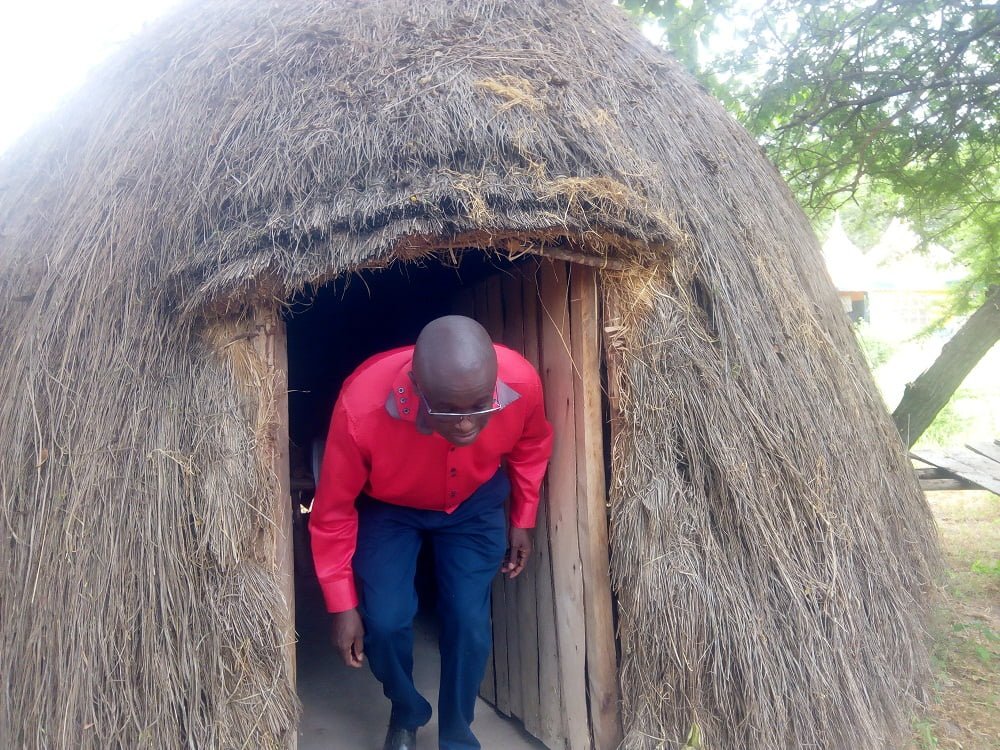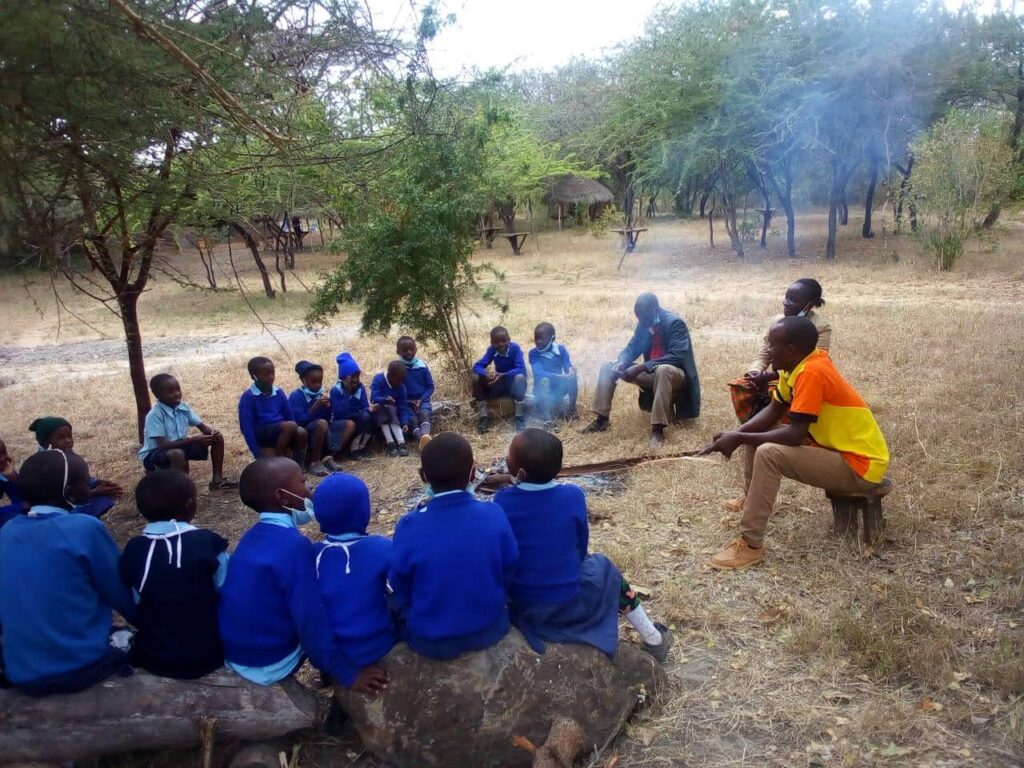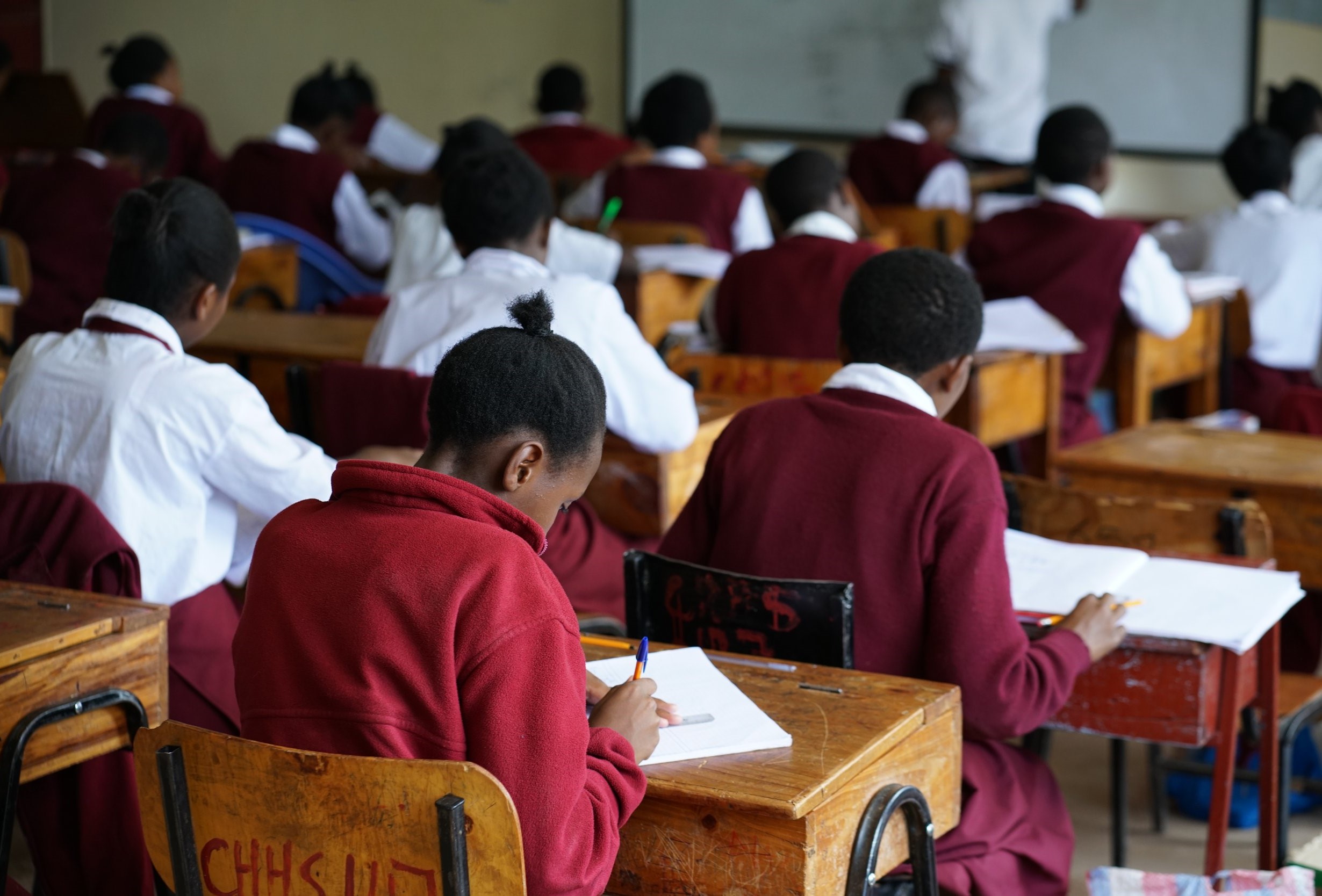By Lydia Ngoolo
In Uvilisyani village in Emali, Mulala Ward of Makueni County sits the Akamba Cultural Centre and Museum.
The dream to start the center was conceptualized by Julius Mutuku Muindi in 1996, although the centre was officially launched in 2020 by the county government.
The area is surrounded by several traditional grass thatched huts with live trees at the centre. It’s a place one would wish to stay forever.
“Every aspect of the Kamba culture is conserved here. The houses are built around the trees to maintain culture since traditional huts had a dry pole at the centre. The only difference is that ours are alive,” explained Muindi.
The centre has the ambience of all types of birds, fresh flowers scent and oxygen from different tree species including medicinal ones as well as trees traditionally used as shrines.
Muindi further explains that today, many famous hotels are roofed with makuti and grass since Africans were generally good at architect as they built their houses with grass and cow dung.

The centre has hosted so many students from local and international universities and researchers researching on the people of Kenya, their culture and artifacts among other things.
“I have hosted Ornithologists who come to study different species of birds,” he added.
So far, more than 500 families and over 10 schools have visited the centre .

Muindi conducts Kamba online classes using his own syllabus and many have shown interest amongst them two Nigerians and two others from NGOs, all studying the Kamba culture and language.
The founder and director of the Akamba Cultural Centre and Museum doesn’t regret resigning from teaching and joining Non-Governmental Organization as he also geared up towards achieving his dreams.
“I have at least achieved three quarters of my dreams. I can proudly thank God though I still have a long way to go,” he added.
He started collecting the artifacts in the centre in 1997 and had to buy others from experts. The artifacts range from five different Kamba drums (kilumi, mwase and many others), traditional honey storage equipment (kithakya) made from animal skin and wood.

There are also grass thatched traditional food storage(Kiinga) hand made tools used traditionally, gourds (kimee, kitete etc)bows, arrows, stones used in making traditional meals, fully equipped cool Kamba traditional huts and many others.
Though he had no plans concerning CBC when he started the centre, the curriculum change came at the right time since the centre offers practical training to schools on culture.
“We teach them culture as it relates to today’s life. These days, the community has lost their identity hence children should be guided and counseled in terms of religion and culture.” He said.






